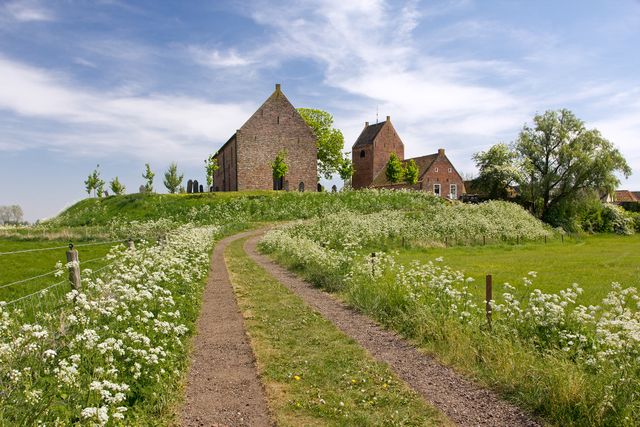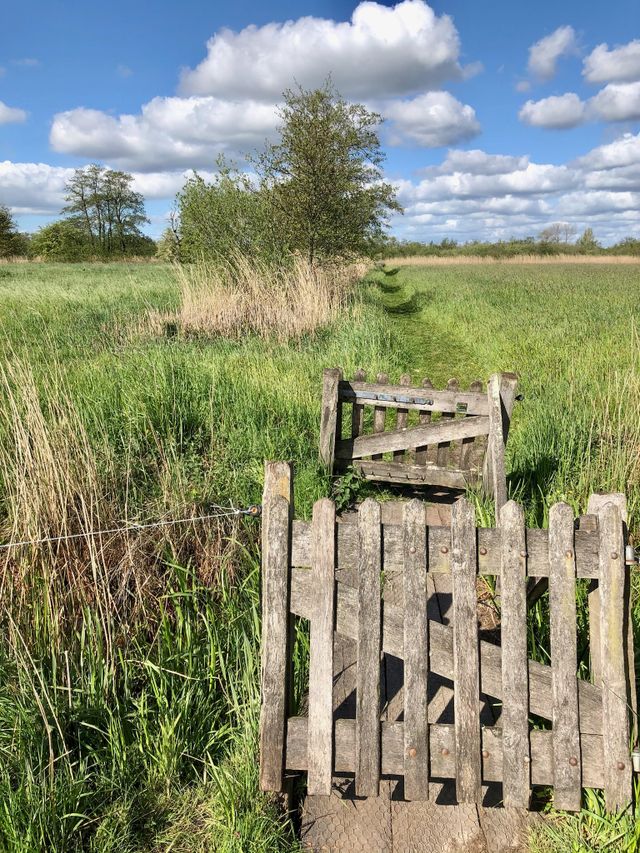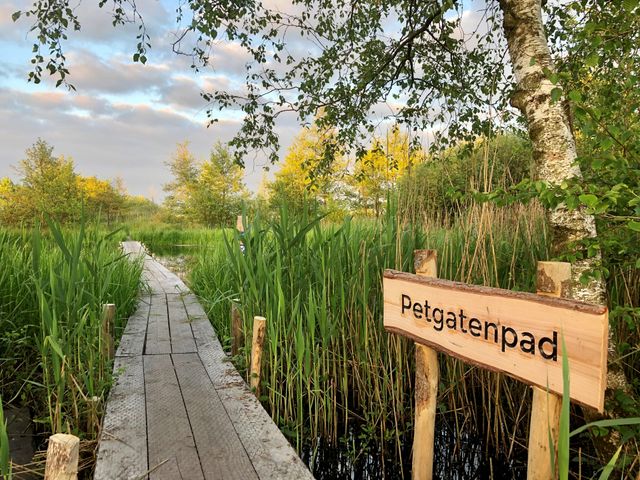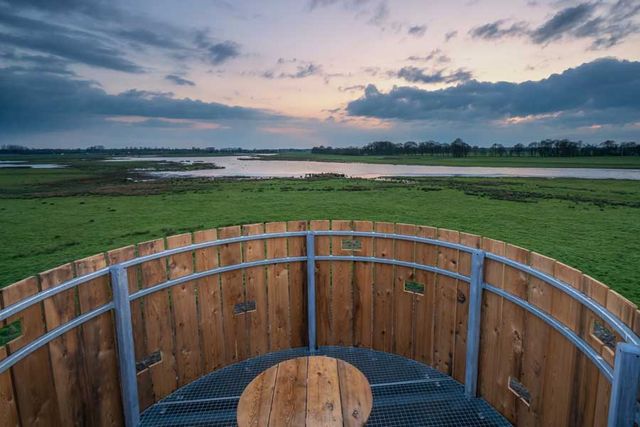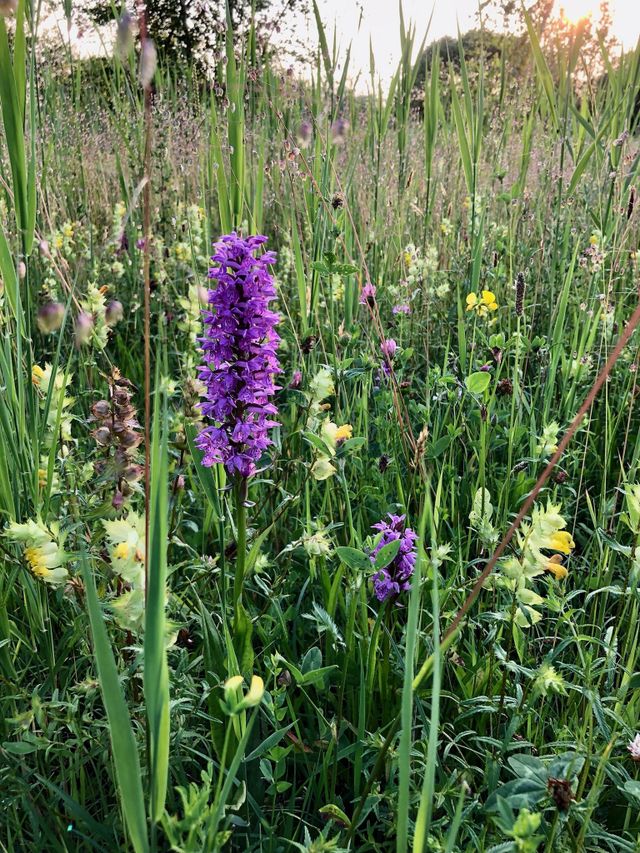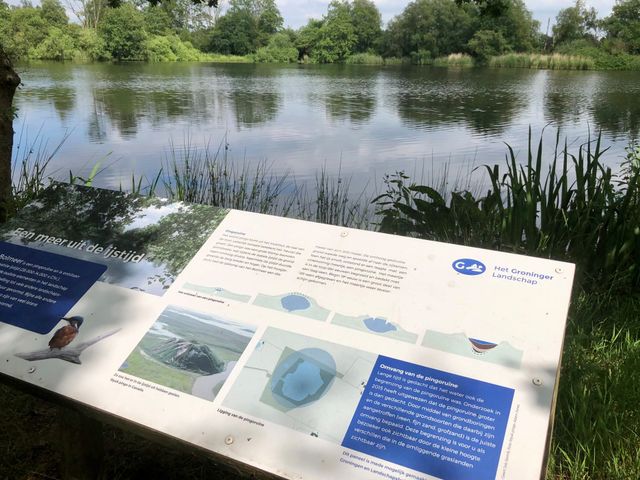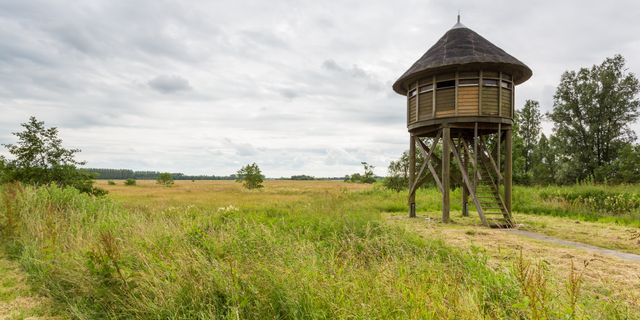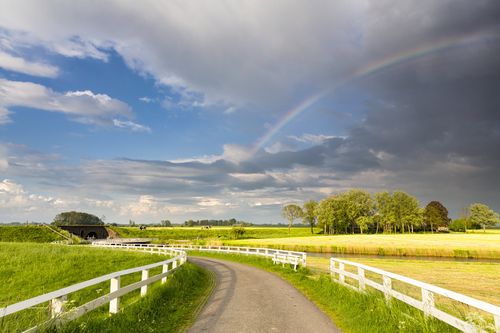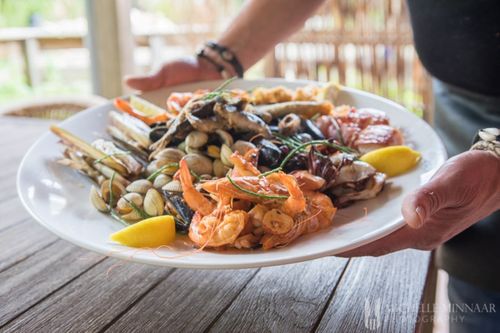SCENIC BEAUTY IN WESTERKWARTIER
The Westerkwartier area is home to diverse landscapes, with beautiful lakes and woodlands in addition to peatbogs. Each area has it very own distinctive stories, such as the Doezumermieden where you can feel the earth tremble under your feet. If you are more of a woodland person, the Westerkwartier has plenty in store for you, such as the Nanninga’s wooded area.
Middag-Humsterland
Ezinge - The Middag-Humsterland scenic area located between the city of Groningen and the Lauwersmeer Lake is one of the oldest man-made landscapes in Western Europe. With all the traces of its intriguing history, it was naturally granted the status of Nationaal Landschap. Enjoy panoramic views right to the horizon. Middag and Humsterland were once peninsulas in the Wadden Sea, which in those days was much larger and came much further into the Groningen land. Note the irregular parcelling and artificial dwelling hills, the wierden. If you’ve taken an interest in the area, be sure to come by for a hike or bicycle ride to explore the area. A visit to Museum Wierdenland will unveil even more about the Nationaal Landschap Middag-Humsterland.
Doezumermieden
Doezum - Go hiking through the Doezumermieden area; an adventure in itself. See roe deer from up close and feel the quaking bog under your feet. This is where you’ll literally feel the earth trembling! Also look out for the traces of the peat cutters, such as the elongated peat pits left by the excavation of peat. In time, these holes filled with water. These holes alternate with strips of land peat cutters used to lay out their squelchy lumps of peat. Today, they are used for lovely walks of the area. Routes have been set out that vary from 2 to 9 kilometres, and most of them start at the Blotevoetenhof teagarden.
Trimunt en Jilt Dijksheide
Trimunt - With its young inland oaks and Scots pines, the Trimunt wooded area is the perfect place to spot woodland birds, such as nuthatch, crossbill and great spotted woodpecker. Criss-crossed with trails, bicycle paths and bridle paths, you can easily find the playground. Another option is to follow the family trail that is suitable for prams and disabled persons. You’ll find the Jilt Dijksheide close by. Come and see the pingo ponds in this region’s last preserved heathland. These ponds were created at the end of the last Ice Age and are home to frogs, salamanders and water birds. Look over your shoulder! There are other inhabitants of the region: Scottish Highlander cattle and goats. They help keep the area open.
Lettelberterpetten
Lettelbert - The name of this area – Lettelberterpetten – refers to the peat pits that mark the area. Take the deck path to cross them. Do you see the end of the woodland? This means you’ve reached the banks of the Leekstermeer Lake, where you’ll find a watchtower which is the perfect hideout for spotting birds. You’ll see ducks – naturally – but you might also spot a shoveler, gadwell or smew. Another species that has found a perfect habitat here is the otter. If you’d like a different perspective of the area, go to the Lettelbert aquadrome to hire a canoe and paddle from this scenic area towards the Leekstermeer Lake.
Marumerlage
Marum - The Westerkwartier area also has new woodlands in store for you, such as the Marumerlage. After the stream valley was newly laid out and some soil was removed, dams and fish passages were constructed. This in turn allowed for the development of a stunning scenic marsh area that also serves as water storage. Come and see lapwing in a courtship display, hear the cries of the black-tailed godwit and see meadow pipit reach for the skies. A five-kilometre trail has been set out to take in the most beautiful places with wonderful views. Be sure to bring your binoculars!
De Noorderriet
Kommerzijl - De Noorderriet was laid out in the early 1990s with the idea of reducing the visibility of the Grijpskerk gas storage facility. The beautifully laid-out trails and wooden bridges make for a wonderful time. If you’d like to spice things up a bit, pull on your sturdy footgear and take the boot path to head for adventure. The conservation applied in this area has resulted in a large number of plant varieties, such as heath spotted orchid. The image of the pipes, tubes and light towers of the gas storage combined with stunning countryside is a very special and outlandish experience. Take in the butterflies, dragonflies and other insects. Did you bring the children? Then be sure to spend some time at the playground island. Take the cable ride over the water, climb the hill and enjoy the views.
Bolmeer and Nanninga’s woodland
Zevenhuizen - The Bolmeer is a special little lake, which was discovered in the early 19th century during excavation activities. This pingo pond was created at the end of the last Ice Age and has a very special history. It initiated a dispute between two noble families: the Coenders family (residents of the Coenders castle) and the Von Inn und Kniphausen noble family (Nienoord). Both families wanted access to the lake and to use its water for their country estates. Eventually, their feud even resulted in cannonballs being fired. In the end, the Coenders family triumphed. Today people come here to enjoy the beautiful views. Just a bit further on is the Nanninga’s Bos wooded area, which is used for the production of wood. Conservation by the Groningen Landschap organisation has resulted in rich fauna. Don’t be surprised to learn that every move you make is carefully watched by a tawny owl.
Dyke country
Lauwerszijl - In the distant past, water management in the northern part of the Westerkwartier was under the supervision of Aduard monastery. And did you know that it was actually monks who built the first dykes here? From the 17th century onwards, the Lauwerszee Sea was gradually but steadily further reclaimed by constructing dykes and sluices. The monks even went as far as establishing sluice villages by the main waters. The Dutch word for sluice – zijl – is read in the names of villages such as Lauwerszijl, Pieterzijl and Kommerzijl. In 1969, a dyke finally closed off the Lauwerszee Sea from the Wadden Sea. Take to the water to sail the Lauwers border river, or the Reitdiep canal. Alternatively, take the area in during a leisurely bicycle ride.
Oude riet
Boerakker - The Oude Riet reserve – located between the villages of Boerakker and Noordwijk – is yet another venue for a lovely hike. It’s home to a variety of different bird species, so the watchtower at the Roordaweg checks many boxes for a good time watching birds. How many species do you see?

